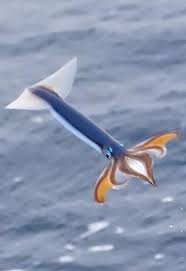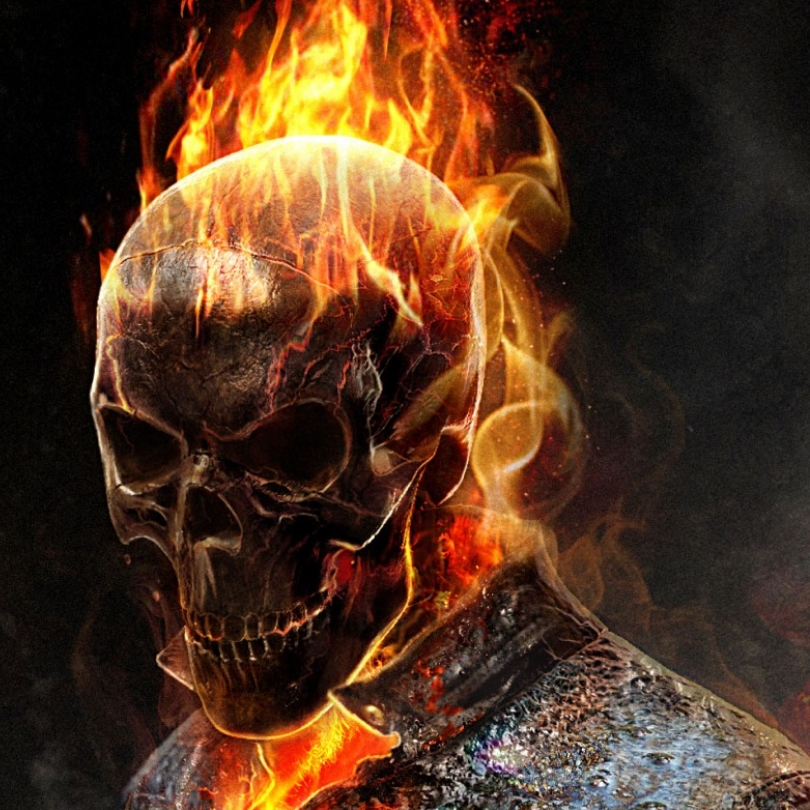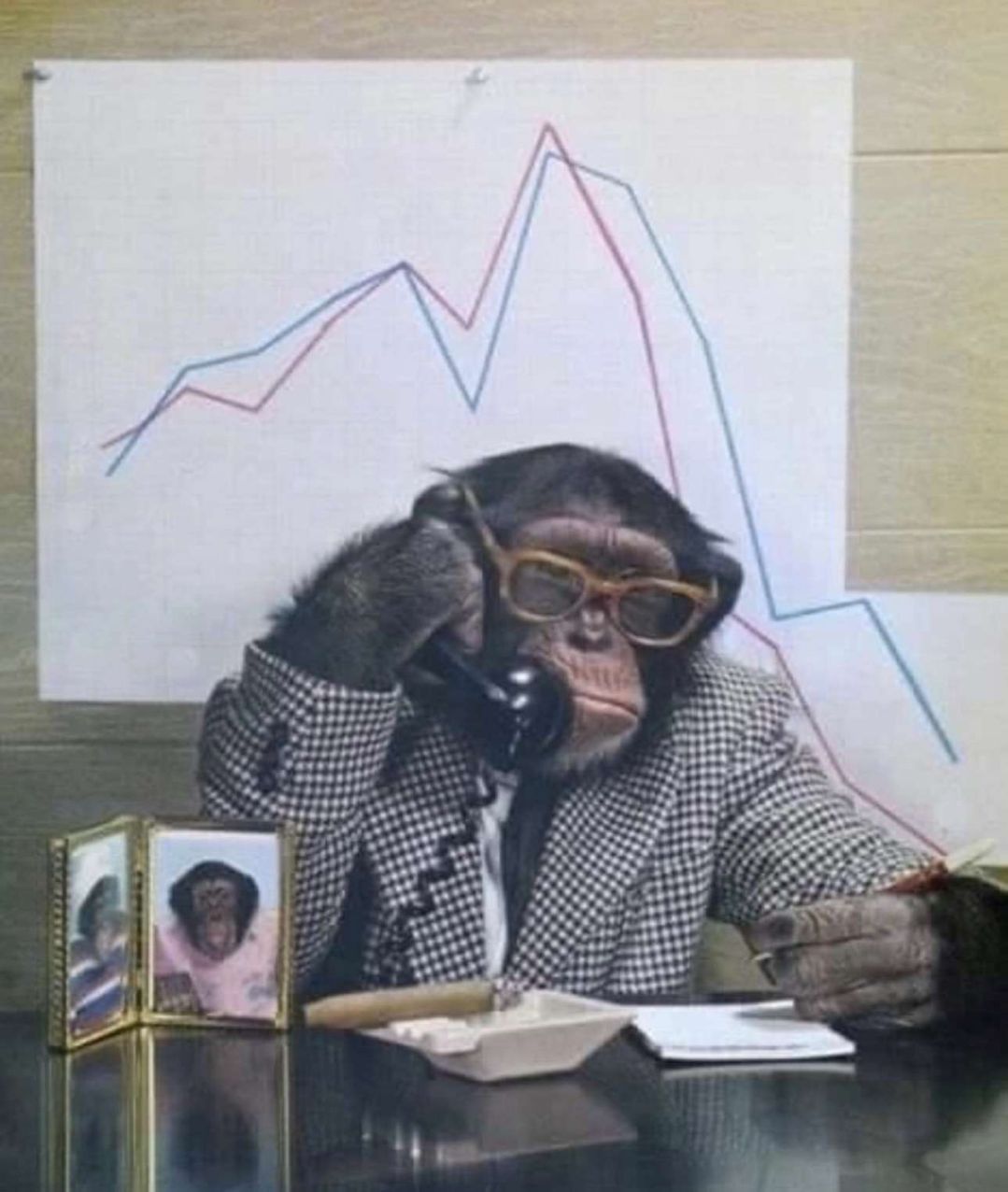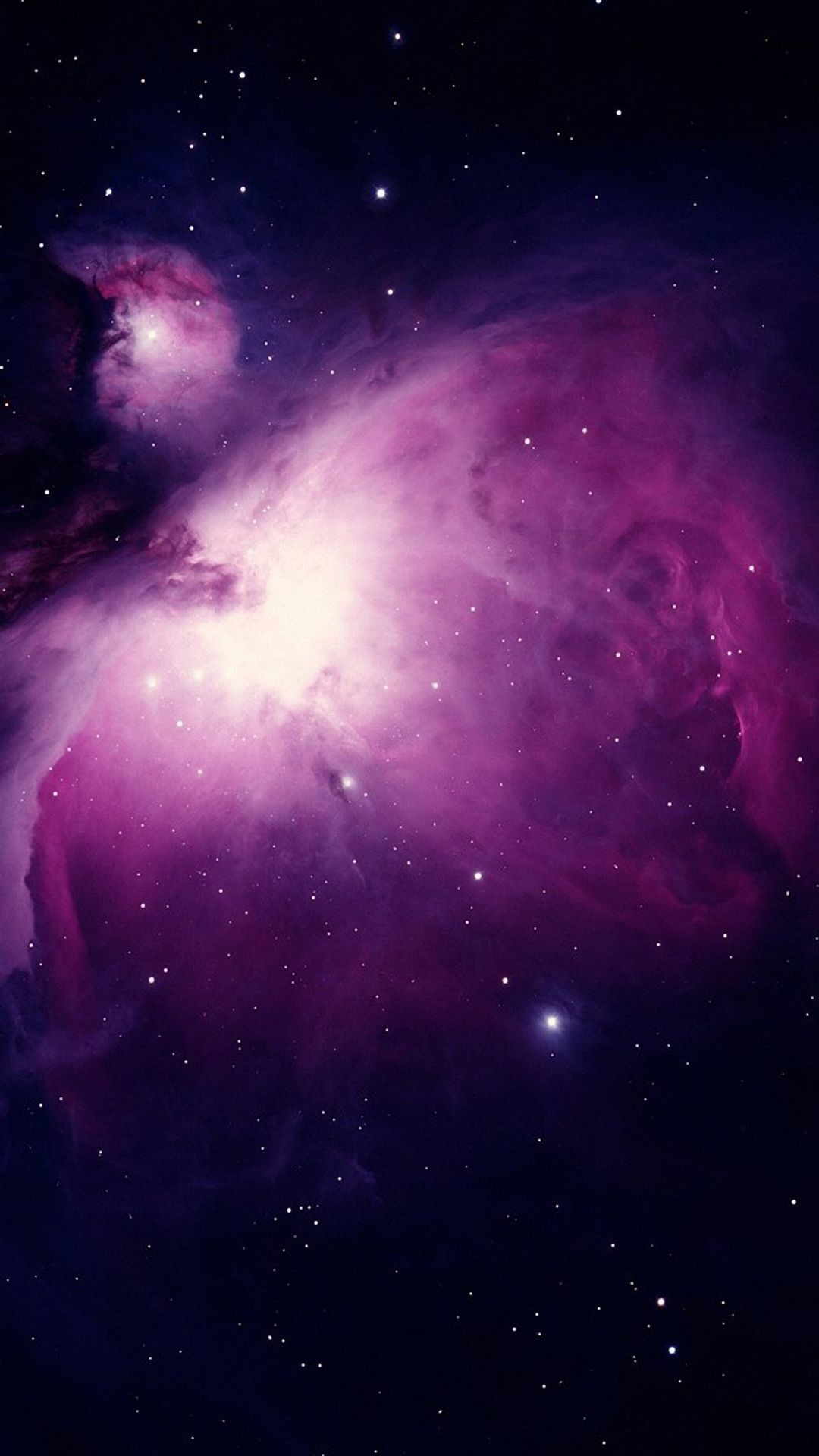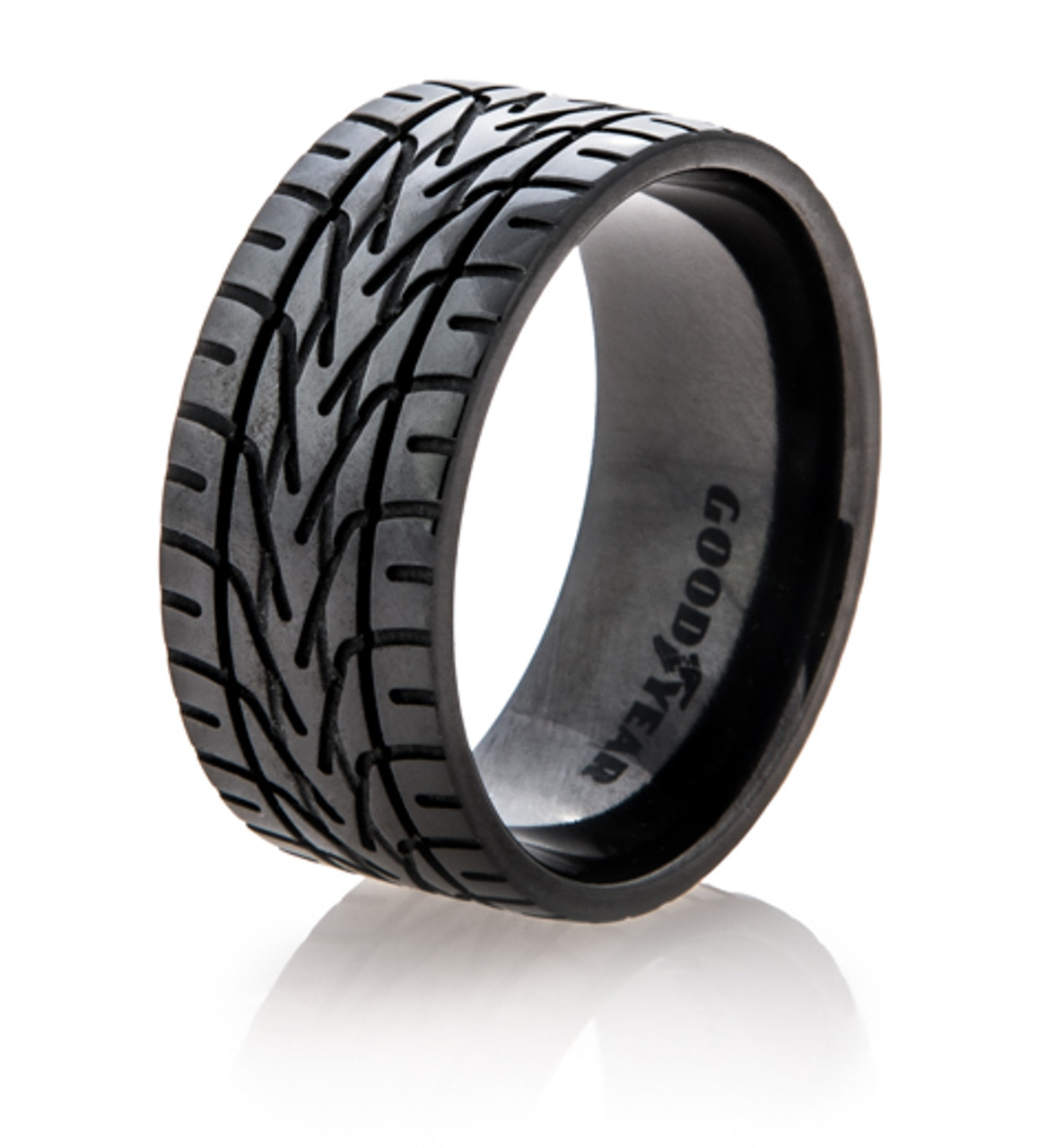For those people wishing for “giant meteor” in the last US election, your desired meteor has finally arrived. The 40x90 meter fast moving meteor currently has a 2.2% likelihood of hitting earth. The effects of its impact would be severe but regional. For scale, the 30x98 meter meteor that hit the Podkamennaya Tunguska River Siberian forest in 1908 impacted 2150 sq meters (830 square miles).
Due to its lateness, smaller than needed size, lack of probable impact, and likeliness to actual deliver zero results, the meteor has been named “Centris” by observers.
Don’t get peoples hopes up like that, gosh.
Too small, too unlikely. Proof that there is no god.
never do we get anything nice
To me, a 1 in 44 chance of hitting the Earth is not that unlikely.
I wouldn’t board an aircraft if it had a 1 in 44 chance of crashing. (and with this administration, it’s getting closer to those odds.)
But yeah, they’ll get more data on the asteroid as time goes on and the risk will likely get lowered.
Either 100% chance and the size of Mars or there is no god.
The second angel blew his trumpet, and something like a great mountain, burning with fire, was thrown into the sea, and a third of the sea became blood.
Wormwood…
Revelations 8:11-13
Can we start a GoFundMe to send a rocket to push it closer?
Scott Manley put out a decent video on it this morning:
TLDR/W: It’s moving around 13km/s, expected to pass nearby in 2028, and potentially collide with earth in 2032. Currently there’s a 2.3% chance of that happening, though as more data is collected that number is expected to drop.
Volume and mass information is scarce as we discovered it too late for radar and are relying on optical observations. Current estimates put it between 40 and 90 meters across and anywhere from 25k tons up to as much as 1 million tons. If that was to hit earth; energy wise, that’s equivalent to between 1 and 40 megatons of tnt. For reference, the bomb dropped on Hiroshima (Little Boy) was less than 1/66th of that power (the lower 1megaton number…).
FWIW we’ve dropped worse on our planet. Tsar Bomba was rated to be 50-58 megatons.
Most of those were airbursts
Finally some real solutions to America’s problems.
Finally, some good news!
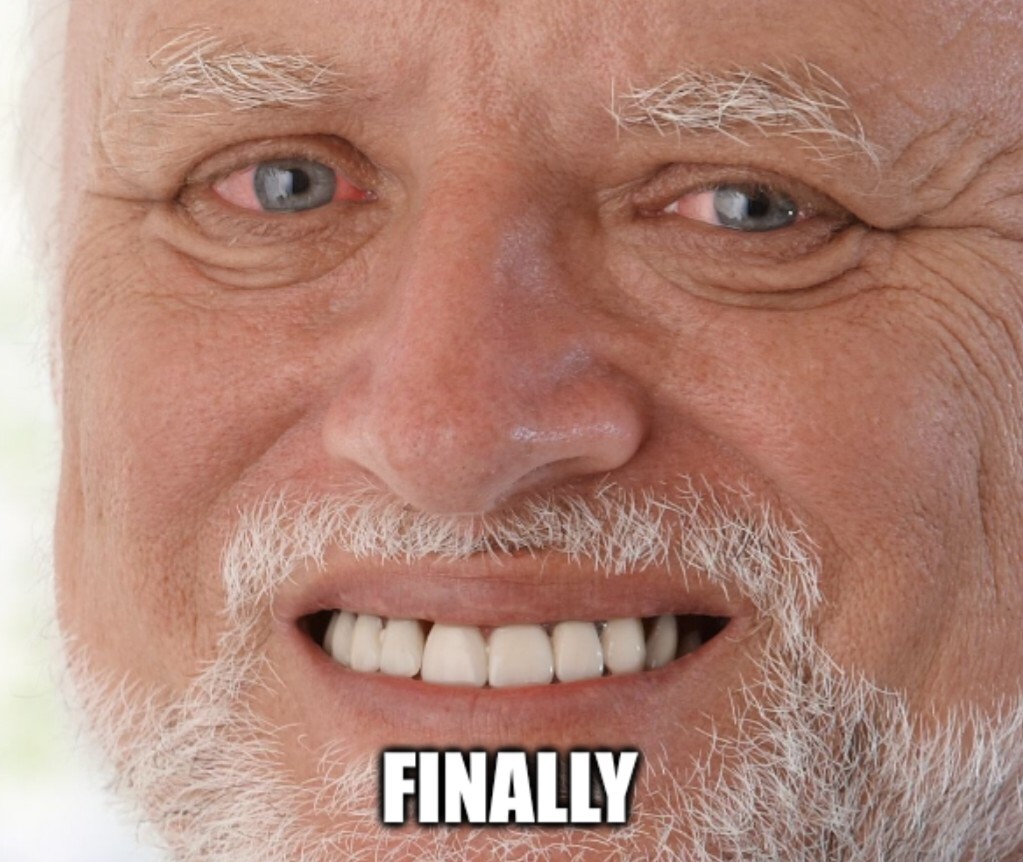
Damn, don’t want to wait for 2032.
It’s only 7 years away…
Yeah, but like it’s at the end of 2032… so almost 8 years.
I wonder if we’ll get Red Dead Redemption 3 by then.



